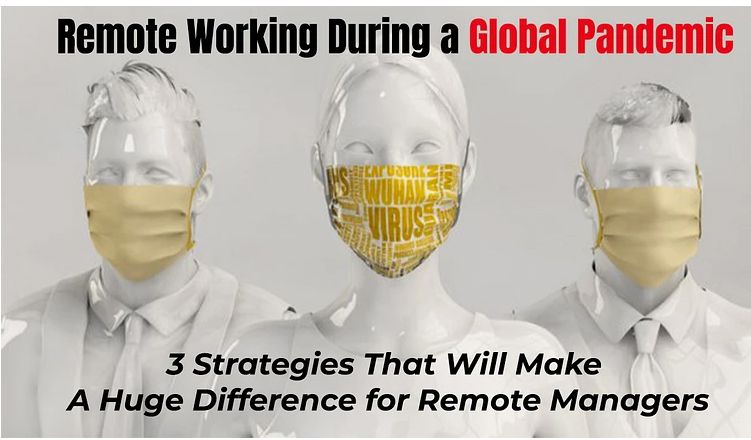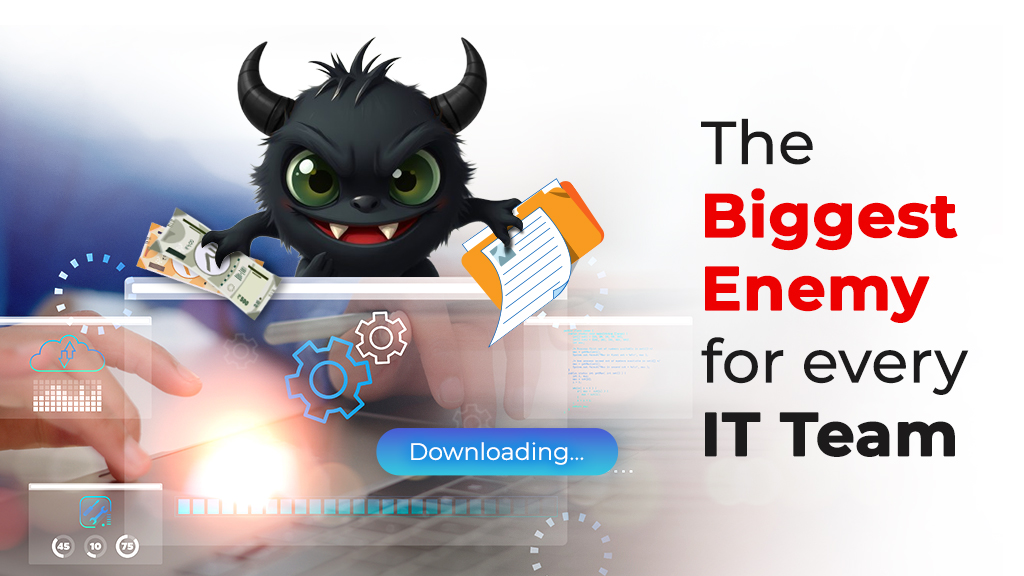As the novel Coronavirus outbreak spreads across the globe, the businesses are considering contingency plans to avoid any serious disruption in operations. As a result, business leaders are asking their employees to go back home with their laptops to aid in avoiding the spread of the zoonotic virus and help in preserving the health and safety of their workforce – thereby being part of the world’s largest work from home experiment.
It must be pointed here that the global work culture was slowly and steadily shifting towards digitization, where decentralized workforce and remote working would reign supreme. When it comes to remote working most of the organizations are either in a very early stage of digitization or have not even committed to invest in a full-blown digital strategy or enablement.
However, the recent global pandemic surrounding the coronavirus outbreak demands a quick adoption of digital tools to be able to cope up with the changing dynamics of work culture in recent times. Truth be told, managing remote workers is a very different ballgame when compared to managing people inside the workplace. Things that work in an office does not always work when it comes to remote workers. Let us, therefore, look at three basic strategies that will help you manage your remote workers and help them be more productive –
Trust and Communication The new reality of physically disconnected workers hints at two key issues that every organization and HR need to be aware of – trust and communication. Building trust is always a two-way process. In the new setup, the managers and the HR teams will have to start trust that the employees who have been assigned work from home are completing their tasks. Once this is in place, the employees would feel engaged and will start working continuously to maintain this trust. And to be able to develop a strong communication with your remote workforce, the HR teams and managers will need to be proactive and intentional. This means that the respective team leads will need to be proactive in safeguarding relationships with their fellow teammates and be intentional with investing time spent on phone calls, emails, and video conferencing. This would help in eliminating all sorts of confusion which typically occurs due to poor management of meetings and over-emailing.
Remote engagement From data and research to the lessons and anecdotes from market leaders, there are a wide variety of benefits if you can maintain your relationship with your team. When managing employees who are working from home owing to this pandemic, it is always easy to get a plan in place, get on a call, disburse the assignments/tasks and start working. As a manager who is remotely handling workers, you must maintain the rapport that you share with them, even if they are not in front of you. This rapport and the trust you show them for their working would help you keep your teammates aligned with you and the project. Research data shows that most the of human communication inside an office space is nonverbal. Once the remote working begins and you don’t see your teammates around, it becomes imperative for remote managers to understand the reactions and emotions of their teammates – whether it be determining their reaction to a change in a plan or their overall mood. A video conferencing tool like Skype, Google Hangouts, or Zoom, might prove beneficial during such trying times. You must trust your instincts and gauge that something might be wrong. The nonverbal clues that you might happen to capture during video conferencing with a teammate or the entire team should be opportunities to fix problems, big or small – thereby, boosting the team morale and overall productivity.
Remote Digital Access Before you allow your team to go remote, it is very important to provide secure access to IT resources with the help of your internet provider or virtual private network (VPN). You will have to pay special attention to every piece of the connected tech stack that your teammates will be using – right from the availability of the internet connection and accessibility to providing a safe and secure way to reach corporate data, applications, networks, and communication channels. You need to bear in mind that not all your workers will have access to a fast and reliable internet service; some might just have access to only mobile internet, especially ones who live in rural areas. Therefore, a quick survey among your workers who will be part of the remote work strategy and close these connectivity gaps. You will need to invest in dongles and associated data plans from internet providers or provide stipends to those who can establish a secure internet connection at home, or just upgrade the existing plan.
Another critical point of concern for most big tech companies is determining how much bandwidth is required for individual workers who would be required to sync a lot of data and files. For certain industries, this would mean a lot of heavy and confidential documents and media files have to go back and forth. So, providing a fast and reliable connection is a mandate. With the right internet connection in place, there are two ways in which business leaders can function –
- Let workers use their own devices, which will be cost-effective and easy to deploy given the specs of the device they use
- You can provide devices to the employees assigned the remote work strategy during this insurgency
The first option demands a strong IT compliance standard so that no confidential business information falls into the wrong hands. In the case of the second option, organizations may rent or lease devices as appropriate to bring down the cost and take suitable measures to be able to safeguard all levels of business information. Let us quickly skim through the list of devices that your workers will need when they start working remotely. This includes a laptop (in some cases a personal computer), a smartphone with a good network, internet access hardware, and a properly configured VPN. There may be some more additional devices that may be required like a webcam or a high-quality headset and headphone with mic, etc. that will be specific to your business needs. To conclude, these 3 basic pointers must be kept in mind when your company is forced to adopt a remote working strategy. These will ensure that your workforce and your remote managing skills are top-notch all the while you stay safe from the Covid-19 outbreak. NexAEI is a digital workplace solution that is helping organizations adopt the idea of the future of work and create smart, intuitive, and agile workplaces of the next generation.







